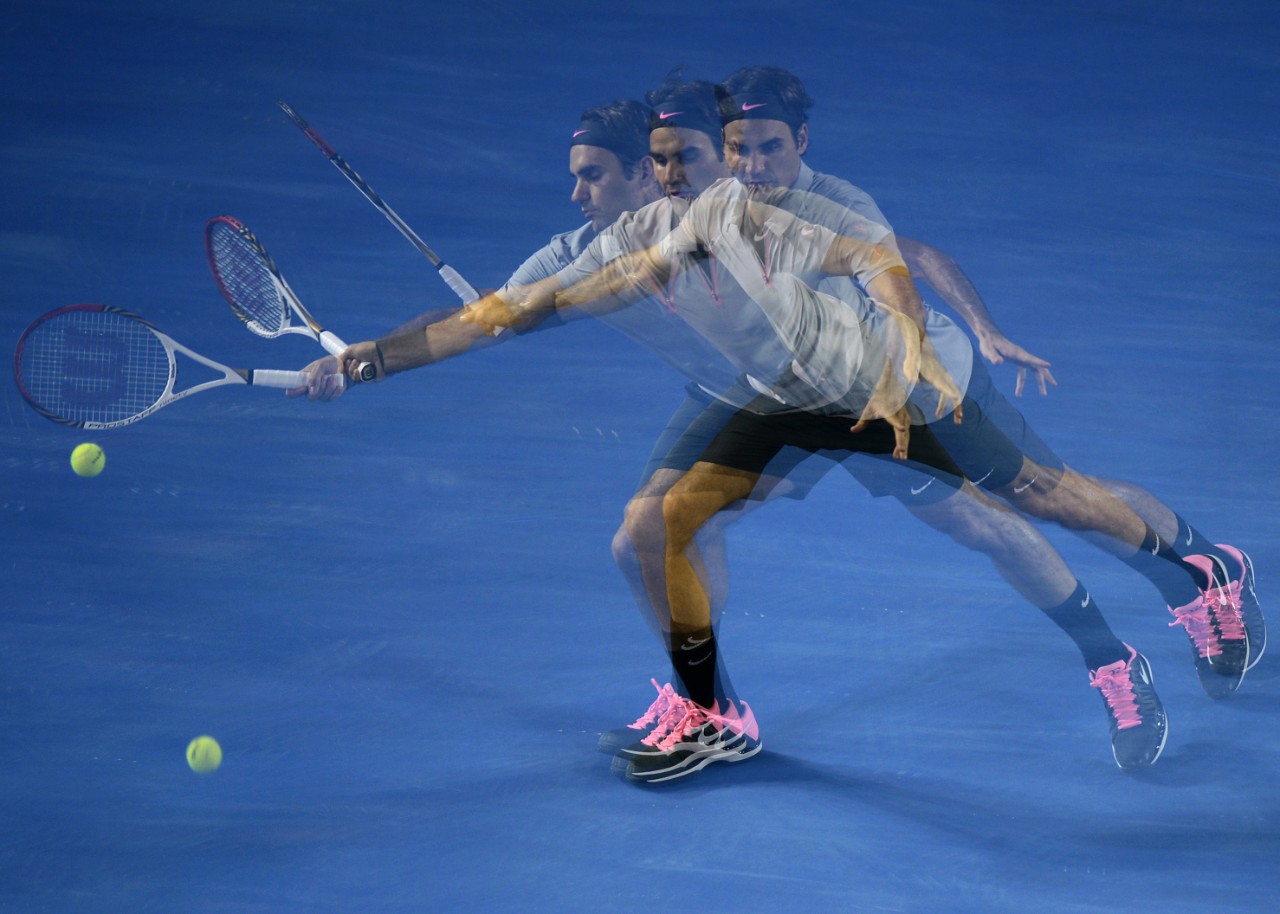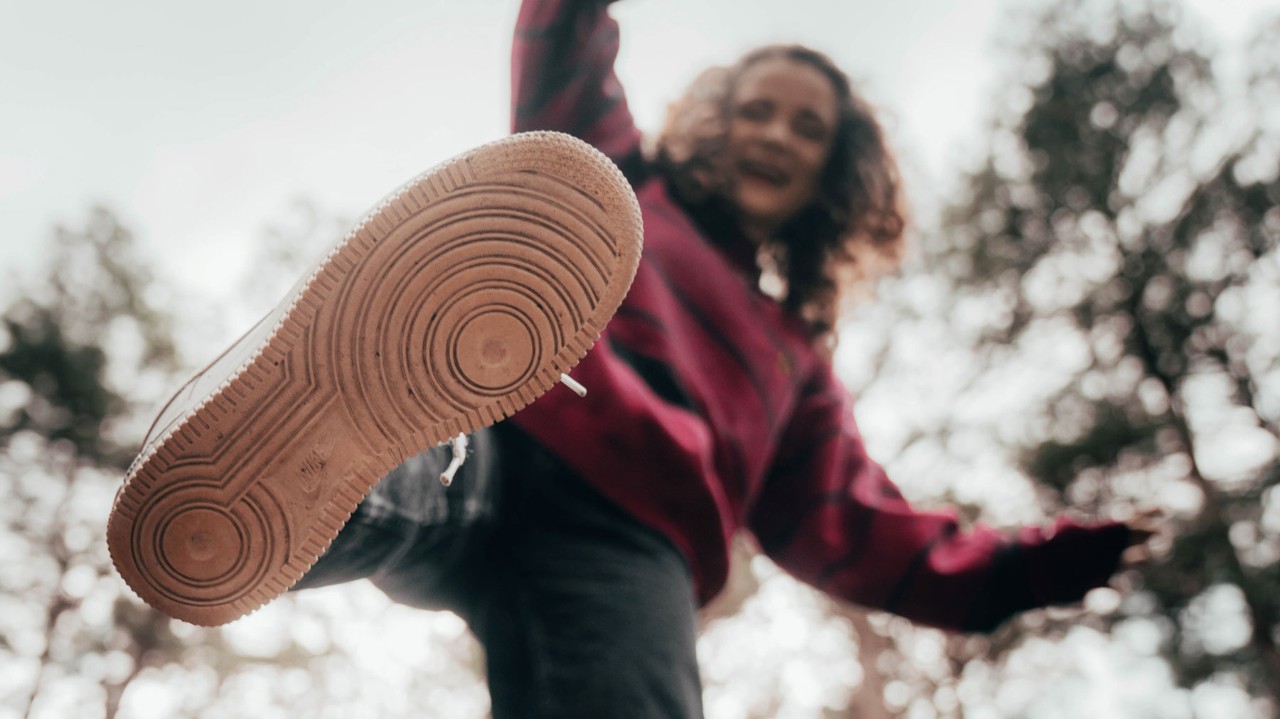Remember this feeling
If you’re stuck in a rut when it comes to your chosen sport, it’s high time you kicked things up a gear! How to retrain “correct” movement sequences.

Can sports science calculate “perfect” movement sequences?
Professor Dr. Ernst-Joachim Hossner: There is comparatively little that we can calculate biomechanically down to the last detail. We know, for example, what take-off and rotation speed a gymnast on the high bar needs to perform an extended somersault. But whether a certain foot position is optimal or not for Roger Federer's forehand is not something we can calculate to the nearest degree. There are also personal stylistic characteristics. That's why Federer's game looks completely different to Nadal's – and yet both are top players.
What has been the most important development for movement training for you in recent years?
The smartphone certainly has the biggest impact on everyday sporting life. The high-quality cell phone cameras and special sports apps make it easy to record, analyze and compare movements anytime and anywhere. In the past, video technology was very complex and a lot of expensive equipment was needed. Today it's child's play.
“Whether a certain foot position is optimal or not for Roger Federer's forehand is not something we can calculate to the nearest degree.”
Is it important that I see the movement when I want to change a habitual movement?
Yes, but that alone is not enough. Because we learn movement sequences by trying them out and feeling them. If I look at myself in the mirror and try to imitate the free-throw technique of Swiss professional basketball player Thabo Sefolosha, it might look a bit like him at some point. But I have to develop a feeling for this movement that I can fall back on at any time. Because there are no mirrors in the match.
How do you find the feeling for the “right” movement?
This is one of the most important tasks of trainers and coaches. Thanks to their experience and knowledge, they help athletes to develop a feeling for the right movement solution. What does it feel like when skis grip properly, when the ball gets a lot of top spin? The trainer can say exactly at the moment when a movement is optimal: Now, that's it, that's the right move. Remember this feeling!
Why is it so difficult to change or correct a movement pattern?
As long as I achieve what I want to achieve – walking straight ahead, skiing down a slope, hitting a ball over a net – there is no reason for the body to change anything. He has found a solution that works. But perhaps there are even better solutions that allow you to hit the golf ball further, hit more baskets, jump higher. The problem is The longer the body has had positive experiences with “its” movement solution, the more difficult it is to make a new solution palatable to it. Even if it is actually better.
Is it worth changing functioning movement patterns at all?
Yes, for example to prevent injuries. Even if you reliably achieve a movement goal, it is possible that the movement will lead to injuries or wear and tear in the long term. The second aspect is the increase in performance: In top-class sport, the smallest details of movement are optimized with enormous training effort. Every runner has to decide for themselves whether it is worth making a huge effort in the hobby sector just to run a marathon two minutes faster.
“Changing functional movement patterns is worthwhile in order to prevent injuries.”
Does it become more difficult to convince the body of a new movement solution as we get older?
Yes, because the body is becoming more and more “conservative”. He knows exactly how to achieve a certain movement goal and is reluctant to experiment. But even if it becomes more tedious: Movements can be learned at any age.
Do you constantly think about how you can optimize your movements during sport?
If you're constantly thinking during sport, you're basically doing something wrong. Gliding through an untouched deep snow slope and then thinking about the perfect weight distribution on the ski – a terrible idea! Even top athletes achieve their best performance when they are absorbed in the movement and do not consciously control anything.



